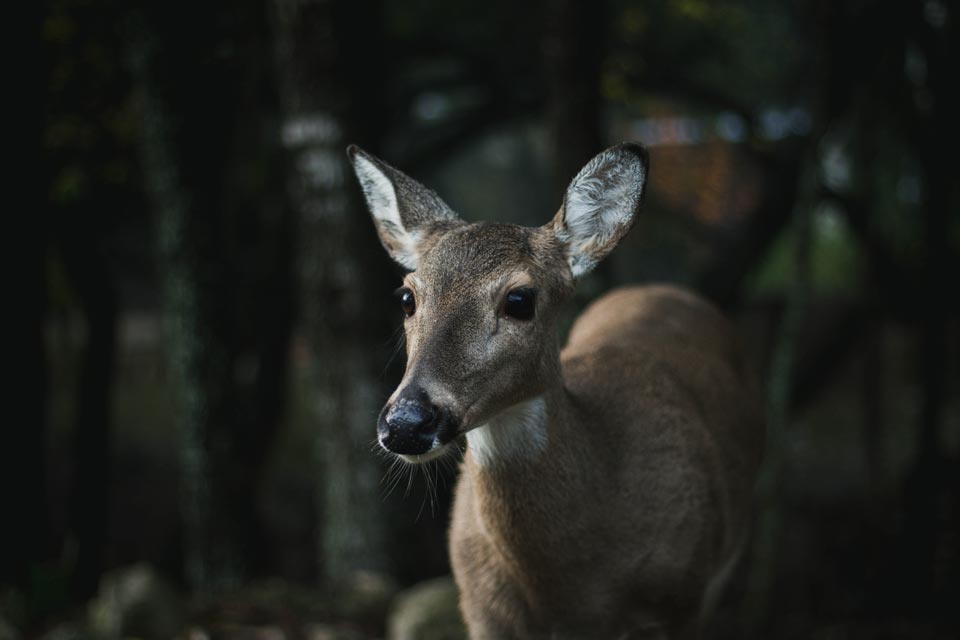Have you ever seen those white tennis bubbles? A health club in my home town had two. Every time I drove by I couldn’t help but think they looked like giant maggots.
Even in conversation, I’d refer to them as the maggots on Lakeview Ave. Not very flattering or appetizing but the resemblance was undeniable.
If you haven’t already guessed, it’s the giant maggot part that is related to deer. In this case, the giant maggots are not tennis bubbles but nasal bots.
Nasal bots are parasites of white-tailed deer and many other species of North American cervid. They are actually larvae (i.e., maggots) from flies in the genus Cephenemyia that live in the retropharyngeal pouches of deer (i.e., pouches in the back of the throat).
Adult female flies lay a packet of eggs containing larvae around the mouth or nose of the deer. When the deer licks the eggs, the larvae within are released and migrate to the nasal passages. Yuk!
While inside the deer, the larvae molt and mature. When fully developed, larvae are over an inch long! Are you starting to see the giant maggot connection?
After calling a deer’s nose home for a variable amount of time depending on the weather (about 30 days in warm weather or months over winter), mature larvae exit and fall to the ground where they bury themselves and pupate.
In 2 to 3 weeks, Voila! An adult flies emerges and the life cycle is completed.
When you’ve seen and handled upwards of 10,000 dead deer (mostly just the heads), you’re bound to see a nasal bot or 2. By the time I come across them, they are deflated little tennis bubbles stuck to the side of a deer head or floating in the ‘soup’ at the bottom of a 50-gal head drum. I barely take notice of them.
If you’re a hunter, it may be a different story. Seeing these wriggling hitchhikers crawling out of your recently harvested deer may cause concern. But no worries.
This genus of botfly is species specific and not found in domestic animals. They aren’t even considered harmful to deer themselves.
Good luck looking at one of those tennis bubbles again.
-Jeannine Fleegle, biologist
PGC Deer and Elk Section
If you would like to receive email alerts of new blog posts, subscribe here.
And Follow us on Twitter @WTDresearch
